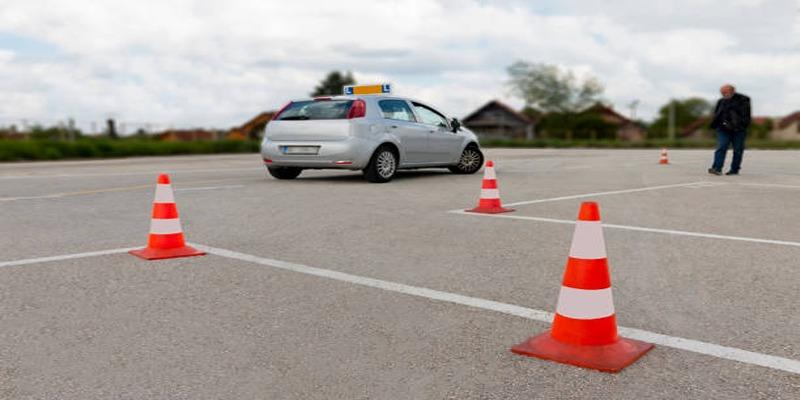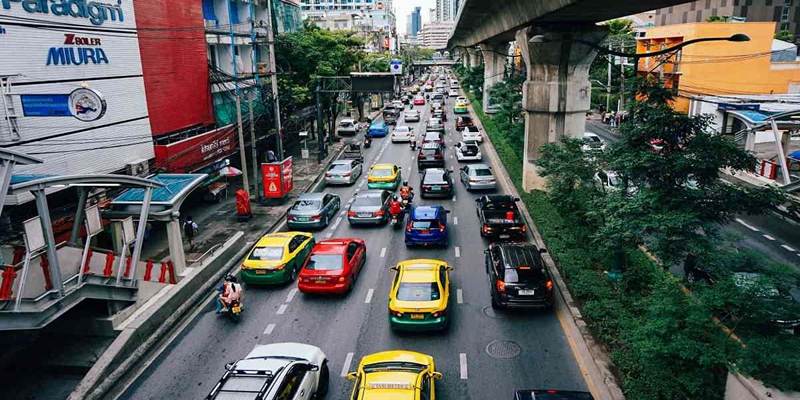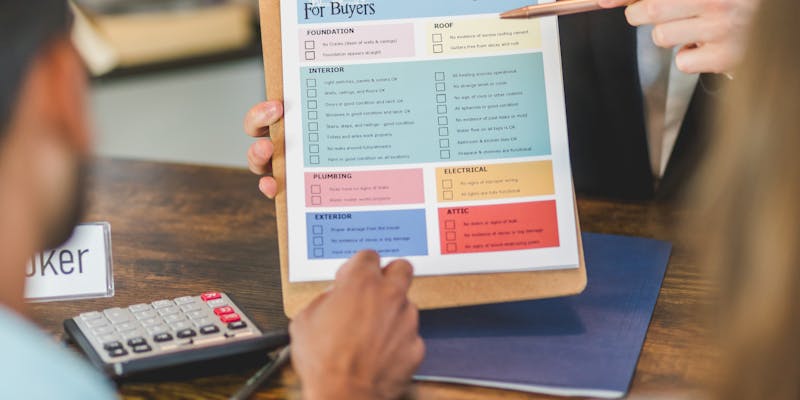What to Do When Your Driving Skills Start to Decline
For most individuals, driving is an indispensable element of freedom, yet as people age, their health, vision, or ability to respond to various stimuli can be compromised making it dangerous to drive. Identifying these changes early enough is helpful to prevent causing an accident to yourself or to other road users. This article will highlight how the situation can be recognized, suggested measures that can be adopted to solve this problem and other forms of transportation to help to remain mobile. When situations change, our intention is to assist you to remain protected and adrift.
Safer Driving Practices

Driving safely is essential for everyone on the road. By adopting certain habits, you can reduce risks and feel more confident behind the wheel.
1.Regular Vision and Hearing Tests
Good vision and hearing are vital for safe driving. Schedule regular check-ups with your healthcare provider. Poor eyesight can make it harder to see road signs, pedestrians, or cyclists, while hearing loss can affect your ability to notice sirens or horns. Updating your glasses, contacts, or hearing aids can greatly improve driving safety.
2.Defensive Driving
Defensive driving means staying alert and anticipating others' actions on the road. Maintain a safe following distance, follow speed limits, and avoid aggressive or distracted drivers. Defensive driving courses are available to refresh your skills and teach strategies for staying safe in different conditions.
3.Minimizing Distractions
Distractions cause accidents. Minimize them by silencing your phone, setting up navigation before driving, and focusing fully on the road. Even small actions like eating or adjusting the radio can take your attention away during critical moments.
4.Driving in Optimal Conditions
When possible, drive only in good conditions. Avoid night driving if you struggle to see in the dark, and stay off the road during bad weather like heavy rain, snow, or fog. Plan trips for daylight hours and clear weather to reduce stress and improve safety.
5.Planning Ahead
Plan your routes in advance. Avoid high-traffic areas or complex intersections if they make you uncomfortable. Use navigation apps with real-time updates for better decisions and safer routes.
Technology and Tools to Support Safer Driving
Advancements in automotive technology have made driving safer and less stressful. These tools can be particularly useful for individuals concerned about maintaining safety as they continue to drive.
Advanced Safety Features in Vehicles
Modern vehicles come equipped with a range of advanced safety features that can enhance driving confidence and reduce the risk of accidents. Features such as blind-spot monitoring, lane-keeping assist, and adaptive cruise control provide drivers with added layers of protection. Consider investing in a car with these technologies if you're in the market for a new or used vehicle.
Navigation Apps for Route Planning
Mobile and in-car navigation systems are critical tools for ensuring you take the safest and quickest route to your destination. Applications like Google Maps or Waze can provide real-time traffic updates, alert you to hazards on the road, and suggest alternative routes if necessary. Getting acquainted with these technologies can save time and reduce stress behind the wheel.
Monitoring Tools for Driving Habits
There are now apps and devices specifically designed to monitor and provide feedback on driving habits. These tools can help identify areas for improvement, such as braking too abruptly or driving at inconsistent speeds. Some automotive insurance companies even offer discounts for drivers who demonstrate safe driving patterns using these monitoring tools.
Emergency Resources
Being prepared for emergencies is always a smart choice. Make sure to keep a fully charged phone, a car charger, and an emergency kit in your vehicle. Essential items like blankets, a flashlight, jumper cables, and a first aid kit can be lifesavers in unexpected situations. A little preparation today can make all the difference when it matters most.
Knowing When to Transition Away from Driving
Recognizing when it may be time to stop driving is a difficult but necessary step to ensure personal safety and the safety of others on the road. This transition does not mean giving up independence but rather finding safer alternatives.
- Pay attention to warning signs such as difficulty seeing road signs, struggling with reaction times, or frequently getting lost.
- Consider feedback from family or friends who may notice driving challenges.
- Schedule regular check-ups with an eye doctor to ensure vision meets safe driving standards.
- Explore alternative transportation options like public transit, ride-sharing services, or carpooling with trusted individuals.
- Plan ahead for maintaining social activities and errands without relying on driving.
Staying Active and Independent Without Driving

Giving up driving does not mean losing freedom. There are many ways to stay mobile and maintain your lifestyle without a personal vehicle.
1.Community Transportation Resources
Many communities offer transportation services geared toward seniors or individuals with limited mobility. These services often include shuttle buses, paratransit programs, or volunteer driver initiatives. It's worth researching what is available in your area and incorporating these services into your routine.
2.Utilizing Ridesharing
Ridesharing platforms such as Uber or Lyft offer convenient alternatives to owning and operating a personal vehicle. They make it easy to get to appointments, social events, or run errands with just a few clicks on a mobile device. These options are especially valuable if public transportation is limited or unavailable in your area.
3.Public Transport and Walking
If you're lucky enough to live near public transportation, familiarize yourself with the schedules and routes to take full advantage of buses, subways, or trains. Walking or cycling can also be viable options for shorter distances, providing both convenience and the added benefit of exercise.
4.Engaging in Local Activities and Groups
Staying active and socially engaged is another important aspect of maintaining independence without driving. Look for local clubs, community centers, or social groups that are accessible by walking or public transport. Many organizations offer activities such as fitness classes, craft workshops, or book clubs, providing opportunities to connect with others.
5.Maintaining a Positive Mindset
A positive outlook can help smooth the transition to a less car-dependent lifestyle. Focus on the benefits, such as reduced stress related to driving, fewer expenses on fuel and maintenance, and increased opportunities for exercise or social interactions. Staying open-minded and adaptable is key.
Conclusion
Transitioning to a lifestyle with reduced dependence on driving can be an empowering and fulfilling experience. By leveraging public transportation, staying involved in local activities, and maintaining a positive mindset, it is possible to adapt smoothly while reaping numerous rewards. These changes may present challenges at first, but they also open new doors to healthier routines, financial savings, and meaningful social connections. With careful planning and an open approach, you can maintain your independence and build a lifestyle that aligns with your needs and values.












